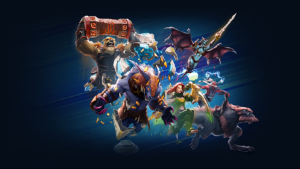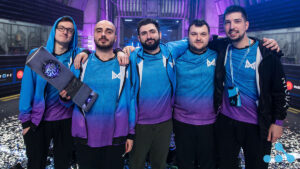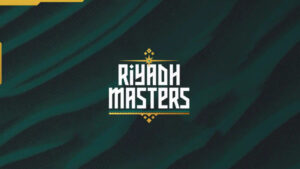Buyback Meta in Dota 2

In the ever-evolving landscape of Dota 2, various game mechanics play pivotal roles in shaping the outcome of matches. One such mechanic that has generated both excitement and controversy is the buyback feature. While buybacks offer teams a lifeline to defend their base and stage comebacks, some argue that the system has resulted in longer and less dynamic games. In this article, we delve into the significance of buybacks in Dota 2, explore their impact on game length and strategy, and discuss potential adjustments to maintain balance and enjoyment for players and spectators alike.
Buyback Dynamics: Extended Games and Defensive Power
Buybacks in Dota 2 allow fallen heroes to instantly resurrect in exchange for a portion of their unreliable gold. This mechanic can be a game-changer, enabling teams to defend their base even in dire situations. The ability to instantly respawn near the fountain provides a considerable defensive advantage, allowing teams to mount strong defenses and potentially turn the tide of battle.
The Impact on Game Length
One notable consequence of buybacks is the potential for longer game durations. Teams that successfully defend their base using buybacks can extend matches as they regroup, farm, and reestablish control. This can lead to repetitive cycles where teams avoid confrontation, waiting for buybacks to come off cooldown before making another play. Consequently, games can become monotonous, with periods of farming and base defense dominating the gameplay.
Striking a Balance: The Need for Adjustments
The prevalence of buybacks and their impact on game length have raised concerns among players and spectators. While buybacks are essential for comeback potential and strategic depth, some adjustments could help maintain a balance between excitement and prolonged games.
Potential Adjustments
- Increased Buyback Cooldowns: One suggestion to mitigate the impact of buybacks is to implement escalating cooldowns after each use. This would discourage teams from repeatedly relying on buybacks in quick succession and promote more strategic decision-making.
- Buyback Penalty: Another possibility is introducing penalties for continuous and repeated buybacks. This could include increased gold penalties or temporary debuffs to discourage teams from relying solely on buybacks as a defensive strategy.
- Adjusting Buyback Costs and Roshan Rewards: Modifying the cost of buybacks and the rewards from Roshan kills could also help balance the impact of buybacks. By making buybacks costlier or adjusting Roshan’s rewards, teams would be incentivized to engage in more proactive gameplay, rather than relying solely on buybacks for defensive purposes.
The Path Ahead: Balancing Enjoyment and Competitive Integrity
As Dota 2 continues to evolve, maintaining a balance between game length and enjoyable gameplay becomes crucial. While buybacks add tension and allow for thrilling comebacks, it is equally important to address potential drawbacks that can lead to extended and repetitive games.
Looking Forward: Valve’s Stance
At present, Valve Corporation, the developers of Dota 2, has remained relatively silent on the topic. However, with the ever-growing Dota 2 community expressing concerns, it is possible that Valve will address the issue in the future. By carefully considering player feedback and professional insights, they can make informed adjustments to the buyback system to strike the right balance between excitement and competitive integrity.
Conclusion
Buybacks have undeniably become a pivotal mechanic in Dota 2, enabling remarkable comebacks and intense base defenses. However, the impact on game length and repetitive gameplay cannot be ignored. Finding a balance that maintains the excitement of comebacks while ensuring dynamic matches is crucial for the overall enjoyment of players and spectators. By implementing carefully considered adjustments, Dota 2 can continue to provide thrilling gameplay and captivating moments while preserving the essence of strategic depth and competitive integrity.




